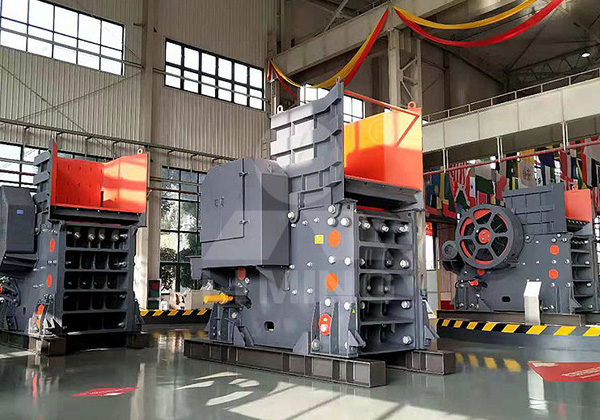A jaw crusher is a heavy-duty machine widely used in mining, construction, and material processing industries for crushing various types of rocks and ores. It operates by using compressive force to break down materials, making it ideal for primary crushing. Here are five key specifications that typically define the standard features of a jaw crusher:
Feed Opening and Capacity
The feed opening size is one of the most critical parameters of a jaw crusher. It refers to the opening where materials are fed into the crusher. Typically, jaw crushers are available with feed openings ranging from 100mm x 150mm to over 1500mm x 2100mm, depending on the model and size of the machine. The capacity of a jaw crusher also varies, depending on the feed opening and the nature of the materials being processed. Most standard jaw crushers have a capacity between 10 tons per hour to 1,200 tons per hour.

Jaw Plate Design and Material
Jaw crushers consist of two plates, a fixed jaw and a moving jaw, which crush materials through compressive forces. The design and material of the jaw plates play a critical role in the performance of the crusher. Standard jaw plates are made from manganese steel, a highly durable material designed to resist wear and impact. Some models offer replaceable jaw plates or liners for extended use and easy maintenance.
Power and Motor Specifications
Jaw crushers are typically powered by electric motors or diesel engines. The power rating of the motor depends on the crusher size and its capacity. Standard jaw crushers often have motors ranging between 50 kW and 350 kW. A powerful motor ensures that the machine can handle tough and abrasive materials while maintaining efficient operation.
Discharge Setting and Size Reduction
The discharge setting, also known as the closed-side setting (CSS), defines the final product size after the crushing process. Most jaw crushers have adjustable settings to achieve various output sizes. The standard CSS for jaw crushers ranges from 10mm to 250mm. This flexibility allows operators to control the final output size, which is essential in applications requiring specific material gradations.
Frame Construction and Durability
Jaw crushers are built with heavy-duty frames to withstand the forces involved in the crushing process. Typically, these frames are made from cast steel or reinforced welded steel to ensure structural integrity. The overall durability and lifespan of the crusher depend on the strength and design of the frame, especially in harsh mining and quarrying environments where large rocks and abrasive materials are processed regularly. Standard jaw crushers are engineered for longevity and continuous operation under rugged conditions.
